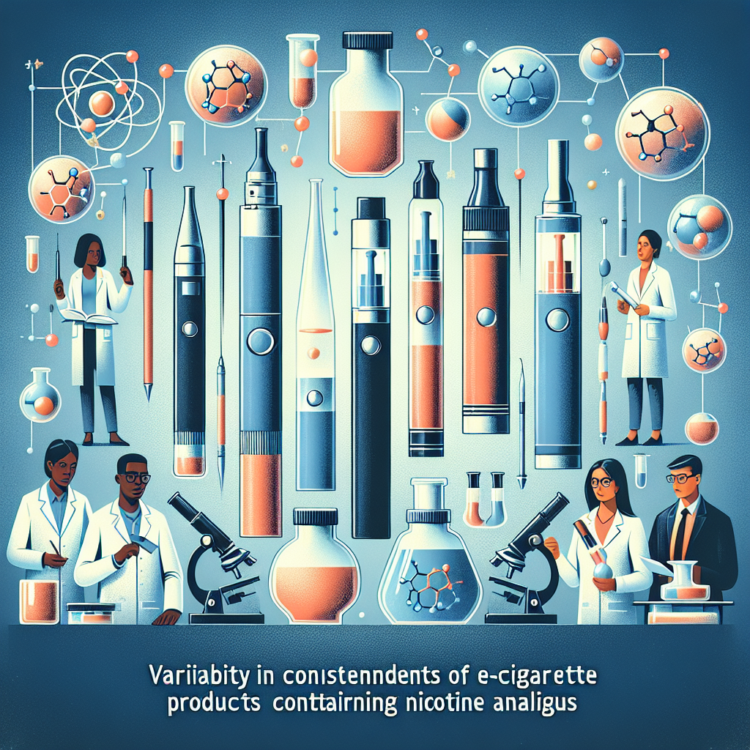About The Study: Discrepancies were observed between labeled and measured concentrations of nicotine analogues in e-cigarettes and e-cigarette liquids marketed as nicotine replacements and exempt from FDA’s regulatory purview. Such discrepancies may lead to uncertainty about user exposure. When coupled with the largely unknown acute and chronic inhalation hazards and addictive potential of nicotine analogues, assessing product risk based on exposure becomes challenging from a clinical and regulatory standpoint. With e-cigarettes increasingly considered for smoking cessation, the advent of nicotine analogue–containing products with unknown health risks raises concern.
About The Study: Discrepancies were observed between labeled and measured concentrations of nicotine analogues in e-cigarettes and e-cigarette liquids marketed as nicotine replacements and exempt from FDA’s regulatory purview. Such discrepancies may lead to uncertainty about user exposure. When coupled with the largely unknown acute and chronic inhalation hazards and addictive potential of nicotine analogues, assessing product risk based on exposure becomes challenging from a clinical and regulatory standpoint. With e-cigarettes increasingly considered for smoking cessation, the advent of nicotine analogue–containing products with unknown health risks raises concern.
Corresponding Author: To contact the corresponding author, Sven E. Jordt, PhD, email sven.jordt@duke.edu.
To access the embargoed study: Visit our For The Media website at this link
(doi:10.1001/jama.2024.12408)
Editor’s Note: Please see the article for additional information, including other authors, author contributions and affiliations, conflict of interest and financial disclosures, and funding and support.
# # #
Embed this link to provide your readers free access to the full-text article This link will be live at the embargo time
Journal
JAMA




